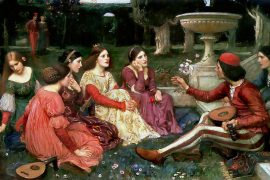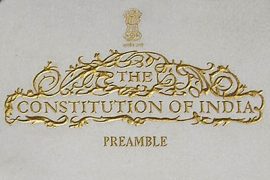There was once a Mighty Lord of Ayodhya …. Learned and knowledgeable, brave and devoted to public welfare, he was the famous King Ahmad…
With this twist in the tale, almost at the beginning of his work, Kalyana Malla begins the Suleiman Charitra. Written in Sanskrit, in the 15th-century, under the patronage of a Muslim ruler, Lad Khan, the Lodi ruler of Ayodhya, the son of King Ahmad who is named in its opening verses, the Suleiman Charitra is an unusual work, something of a surprise.
To put it in perspective, it’s unusual when viewed through the 21st-century lens. Popular belief has consigned Sanskrit to the Vedic past. That Sanskrit was employed in the 15th-century, and even later, as the language of literature is news to many.
Lad Khan and his family were kinsmen of the Lodis who ruled Delhi between 1451 and 1526. They, it appears, were governors during the rule of Sikandar Lodi (1489 – 1517) and continued under Ibrahim Lodi (1517 – 1526), who clashed with Babur in 1526, lost, and thereby paved the way for the Mughal rule in India.
-30-
Copyright©Madras Courier, All Rights Reserved. You may share using our article tools. Please don't cut articles from madrascourier.com and redistribute by email, post to the web, mobile phone or social media.Please send in your feed back and comments to editor@madrascourier.com











